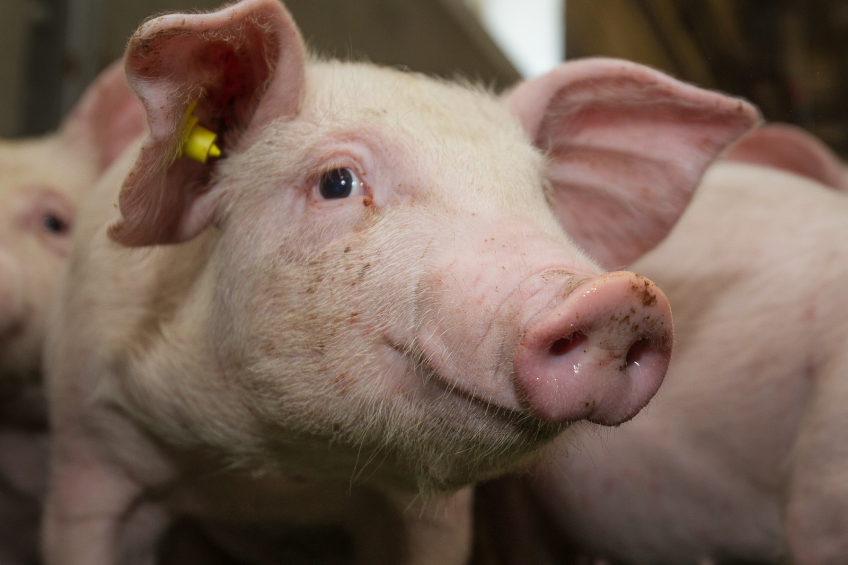EU changes copper levels for piglet feed

Pig producers in the European Union will soon be faced with reduced maximum copper levels for piglet nutrition.
oRecently, a revised scientific opinion was adopted on maximum copper levels in animal feed for many animal species by the Panel of Additives and Products or Substances used in Animal Feed (Feedap). This panel is part of the European Food Safety Authority (EFSA).
Reduction of copper levels
In nutrition for piglets younger than 12 weeks, maximum copper levels were reduced from 170 mg to 25 kg feed. Also maximum levels for cattle and goats were changed.
In the scientific publication, the EFSA explained, “The reduction from 170 mg to 25 mg Cu/kg feed piglets would have the capacity to save 1,200 tonnes copper/year being spread in the field and thus, to reduce total copper emissions from farm animal production by about 20%. Thus, the reduction of the CAMC to the NPMC would have a significant impact on the concentrations of copper in the environment of piggeries.”
Copper is an essential trace element for all forms of life and performs several biological functions. However, high levels of copper (higher than the nutritional needs) are sometimes applied for their positive influences on growth rate. This is mainly the case in piglets. These high levels of copper are secreted by the animals and can be a threat to the environment.
Reducing levels to better meet nutritional needs
In a video, Prof Jürgen Grobb, chair of the working group on copper in feed explained, “Our aim was to reduce the levels of copper in compound feed to a level that better reflects nutritional needs. Because this was not the case in our view.”
He continued, “To be able to define new levels, we gathered information from EU member states and stakeholders to have a safe basis for the requirements, deficiencies and tolerances. This information is used to define new levels that are high enough to ensure animal safety and welfare, animal productivity, as well as consumer safety.”











